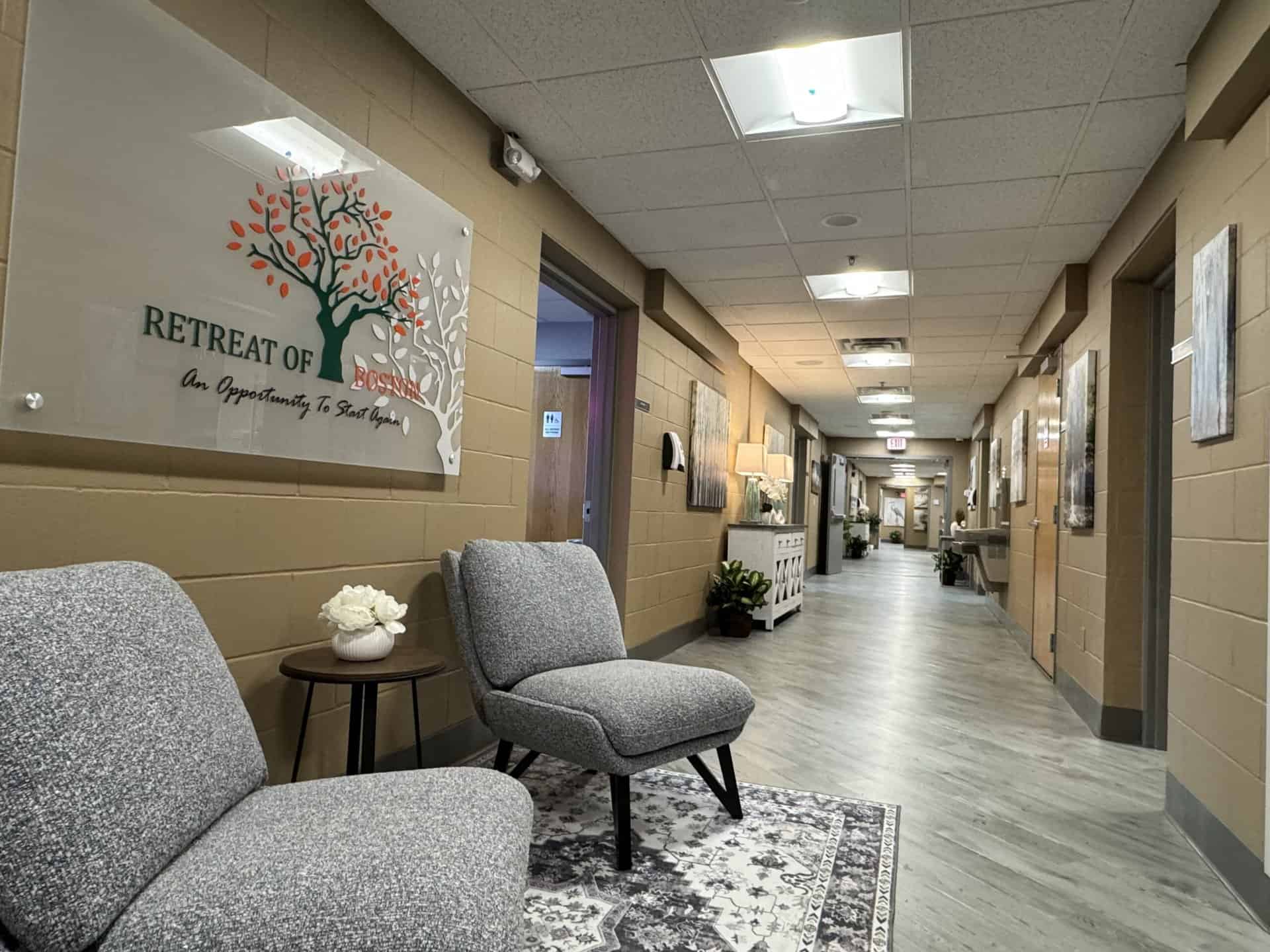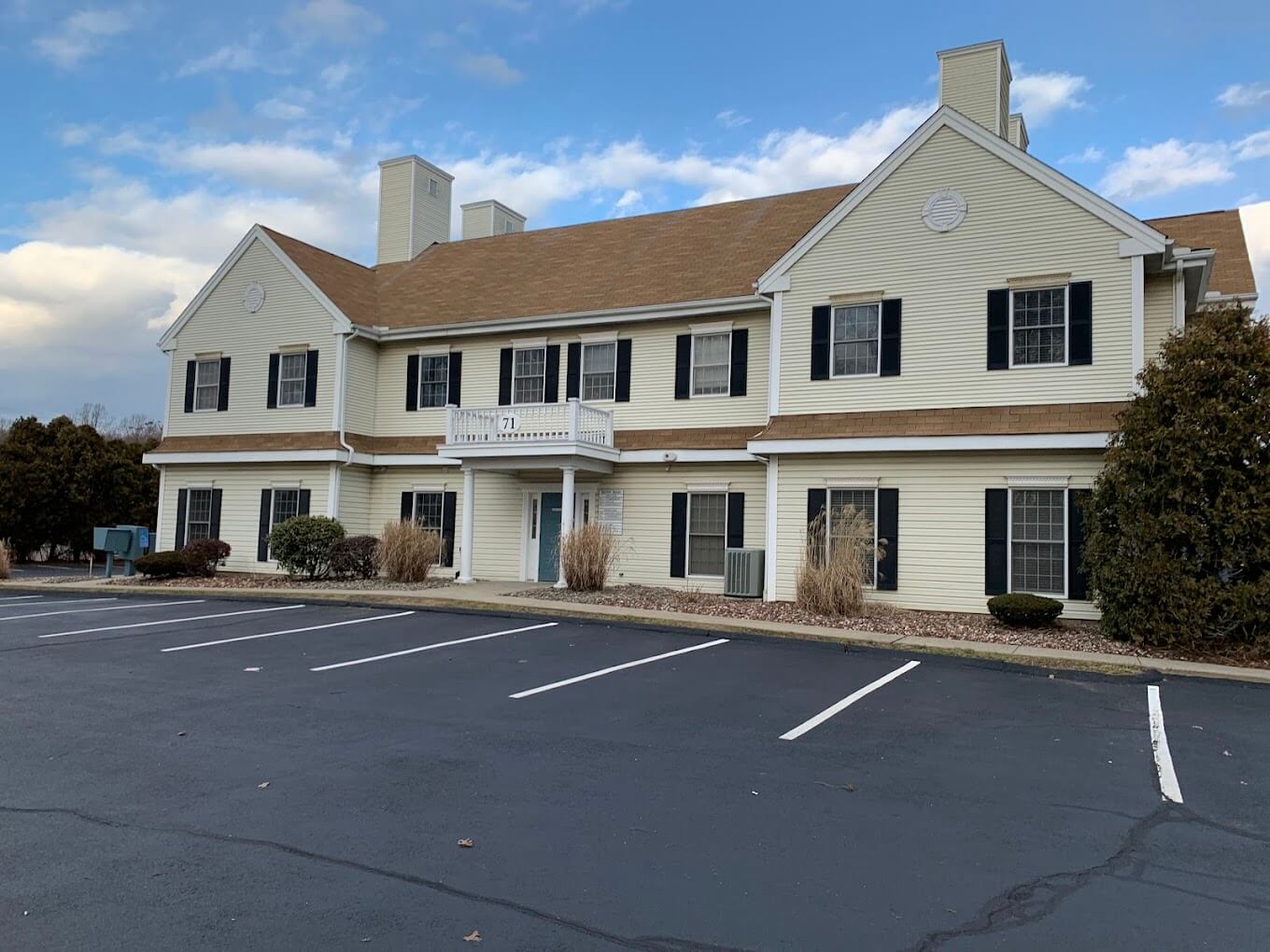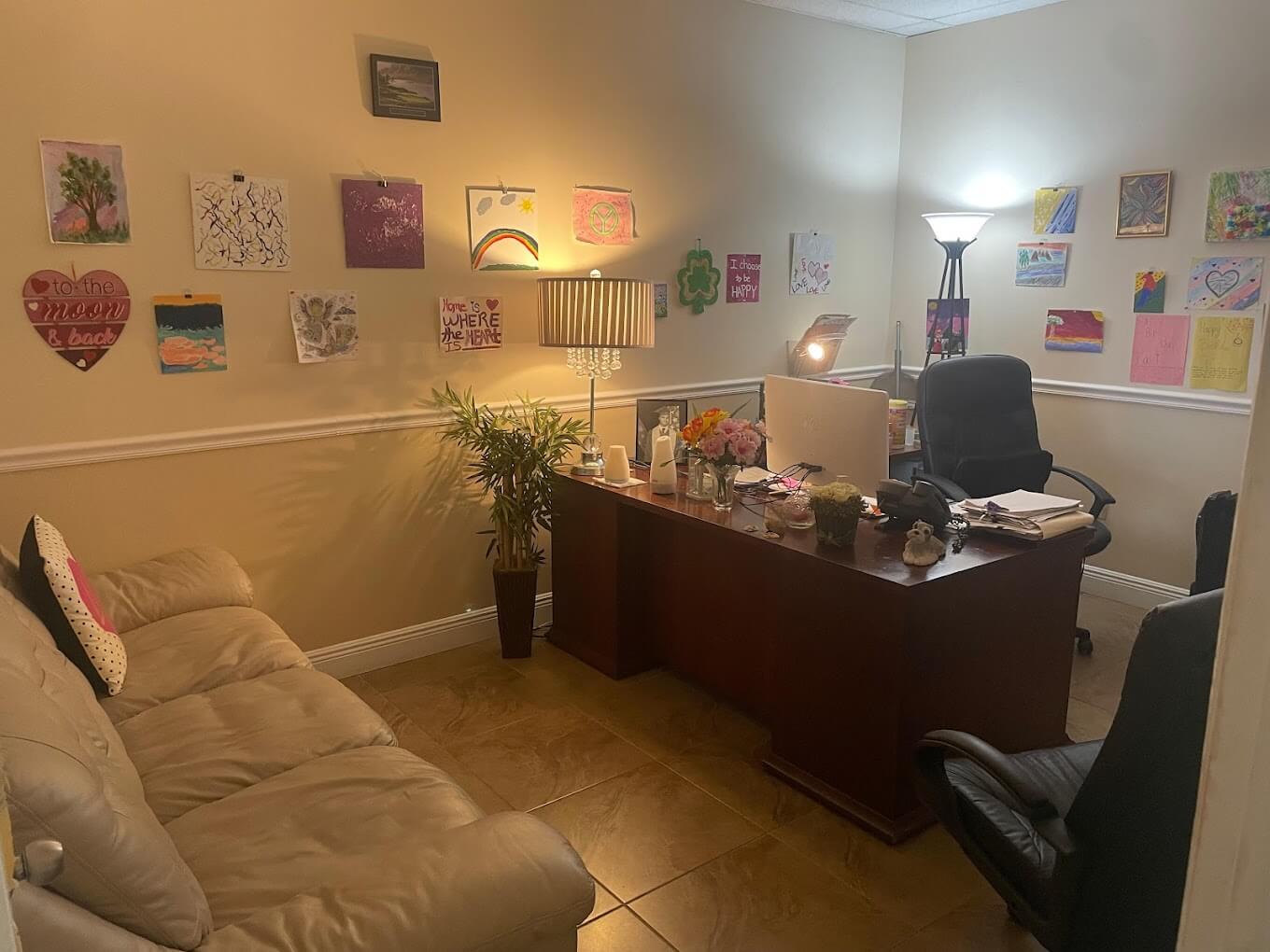In today’s digital world, where attention spans are shorter than ever, crafting compelling ad copy is crucial to capturing the interest of potential clients and driving conversions. Whether you’re promoting a rehab facility, a product, or a service, effective ad copy can make all the difference between a click and a missed opportunity. The key is creating copy that resonates with your audience, speaks to their pain points, and compels them to take action.
In this blog post, we’ll explore the steps to crafting engaging ad copy that grabs attention and maximizes your marketing impact.
1. Understand Your Audience’s Needs and Pain Points
Before you start writing ad copy, it’s essential to understand who you’re writing for. Take time to research your target audience’s needs, desires, and challenges. What are they looking for? What keeps them up at night? By understanding their pain points, you can tailor your message to speak directly to their emotions and motivate them to take action.
For instance, if you’re writing ad copy for a rehab center, your audience might be individuals struggling with addiction or their families seeking help. Highlighting themes of hope, recovery, and the support your facility offers can make your message resonate with them on a deeper level.
2. Start with a Captivating Headline
The headline is the first thing people see in your ad, and it’s your chance to make a powerful first impression. To grab attention, your headline needs to be clear, concise, and compelling. Avoid vague or generic headlines. Instead, focus on creating something that piques curiosity or addresses a specific need.
For example:
- “Start Your Journey to Recovery Today”
- “Struggling with Addiction? We’re Here to Help”
- “Find the Support You Need – Call Now”
By immediately addressing the viewer’s needs, you increase the likelihood that they’ll engage with the ad.
3. Highlight the Benefits, Not Just the Features
While it’s important to mention the services or features you offer, people are more likely to engage with your ad when you highlight the benefits that directly affect them. Focus on the emotional outcomes and how your product or service will improve their lives.
For example, instead of saying “Our rehab facility offers 24/7 care,” focus on the benefit: “Get the support you need, whenever you need it, to rebuild your life.” The goal is to make your audience feel that your offer will solve their problem and improve their situation.
4. Create a Sense of Urgency
To maximize engagement, your ad copy should encourage immediate action. One of the most effective ways to do this is by creating a sense of urgency. People are more likely to take action when they feel they might miss out on an opportunity.
For example:
- “Limited Time Offer: Get 20% off Your Admission Today!”
- “Seats are Filling Up Fast – Book Your Free Consultation Now!”
- “Spots Available for Our Summer Recovery Program – Apply Now!”
By including a sense of urgency, you motivate your audience to act quickly rather than putting it off.
5. Use Clear and Direct Call-to-Actions (CTAs)
A strong call-to-action (CTA) is essential in guiding your audience toward the next step. Your CTA should be clear, concise, and action-oriented. It should leave no doubt about what you want the audience to do next.
Some effective CTAs include:
- “Call Today for a Free Consultation”
- “Click Here to Start Your Recovery Journey”
- “Learn More About Our Programs”
- “Get Started Now – Spaces Are Limited”
Make sure your CTA is aligned with the action you want the audience to take, and place it in a prominent position in your ad copy.
6. Appeal to Emotions
Ad copy that connects with the emotions of your audience tends to be more effective. People make decisions based on how they feel, not just logic. Use language that evokes emotion and paints a picture of the positive change your product or service can bring.
For example, instead of simply saying, “We offer detox services,” try something like, “Take the first step towards a brighter future – free yourself from addiction and reclaim your life.” By tapping into the emotions of hope, relief, and empowerment, you create a deeper connection with your audience.
7. Be Concise and Focused
In the world of digital ads, brevity is key. People tend to skim through content quickly, so your ad copy needs to get straight to the point. Avoid fluff and keep your message focused on the most important elements that will drive the desired outcome.
Stick to one core message or offer in each ad. If you try to say too much, your audience may become overwhelmed or distracted. Instead, focus on delivering one clear and powerful message that motivates action.
8. Use Social Proof and Testimonials
Including social proof or testimonials in your ad copy can greatly enhance its credibility and effectiveness. People are more likely to trust a service or product that others have recommended or endorsed.
For rehab centers, sharing a brief testimonial or success story can help potential clients feel more confident in reaching out. For example:
- “’I never thought recovery was possible, but with the help of this facility, I’ve turned my life around.’ – John D.”
- “Join thousands of people who have reclaimed their lives through our proven recovery programs.”
Including social proof can reinforce the idea that your service works and that others have found success with it.
9. Test and Optimize Your Ad Copy
Once you’ve created your ad copy, don’t just set it and forget it. It’s important to test different versions of your copy to see which resonates best with your audience. A/B testing allows you to compare different headlines, CTAs, or images to determine what drives the most engagement and conversions.
By analyzing the results of your tests, you can continuously optimize your ad copy to ensure it’s performing at its best.
10. Make It Visually Appealing
Even the best-written ad copy won’t have much impact if it’s not paired with eye-catching visuals. Ensure that your ad includes relevant, high-quality images or graphics that support your message and draw attention. For rehab centers, this might include images that evoke feelings of hope, support, and recovery, such as serene landscapes or caring staff interacting with clients.
The right visual elements can reinforce your message and make your ad stand out in a crowded digital space.
Conclusion
Crafting engaging ad copy is both an art and a science. By understanding your audience’s needs, highlighting the benefits of your service, creating a sense of urgency, and appealing to emotions, you can create ads that drive results. Always remember to test and optimize your copy to ensure that it’s delivering maximum impact.
With these strategies, you can create ad copy that not only captures attention but also converts leads into loyal clients. Whether you’re marketing a rehab facility or another service, these principles can help you craft compelling ads that deliver real, measurable results.






















